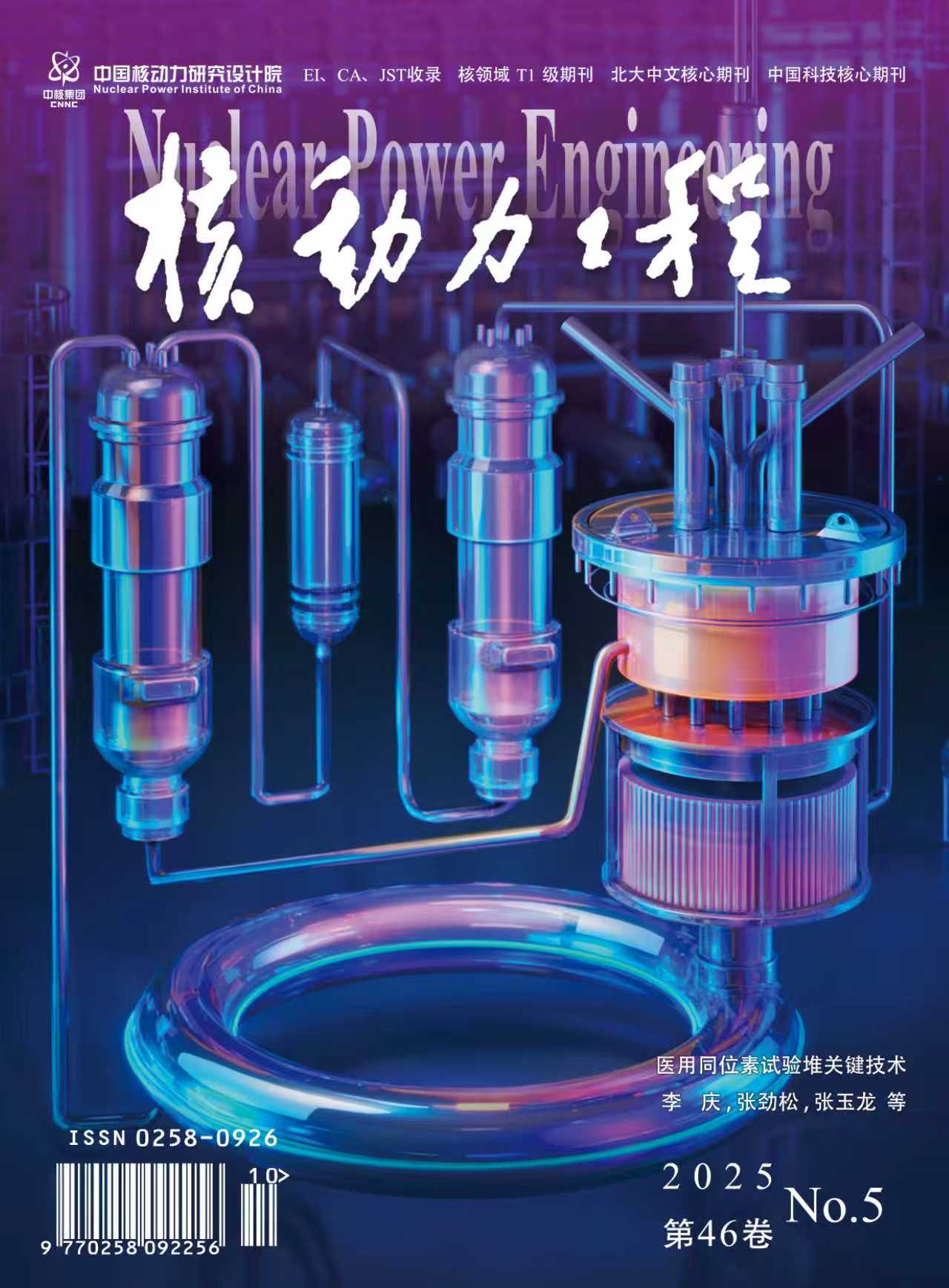2006 Vol. 27, No. 5
Display Method:
2006, 27(5): 1-5,11.
Abstract:
2006, 27(5): 6-11.
Abstract:
2006, 27(5): 12-18,41.
Abstract:
2006, 27(5): 19-23.
Abstract:
2006, 27(5): 24-28,57.
Abstract:
2006, 27(5): 29-32.
Abstract:
2006, 27(5): 33-36,69.
Abstract:
2006, 27(5): 37-41.
Abstract:
2006, 27(5): 42-47.
Abstract:
2006, 27(5): 48-52,73.
Abstract:
2006, 27(5): 53-57.
Abstract:
2006, 27(5): 58-60,73.
Abstract:
2006, 27(5): 61-64.
Abstract:
2006, 27(5): 65-69.
Abstract:
2006, 27(5): 70-73.
Abstract:
2006, 27(5): 74-78.
Abstract:
2006, 27(5): 79-83.
Abstract:
2006, 27(5): 84-86.
Abstract:
2006, 27(5): 87-90,93.
Abstract:
2006, 27(5): 91-93.
Abstract:
2006, 27(5): 94-96.
Abstract:



